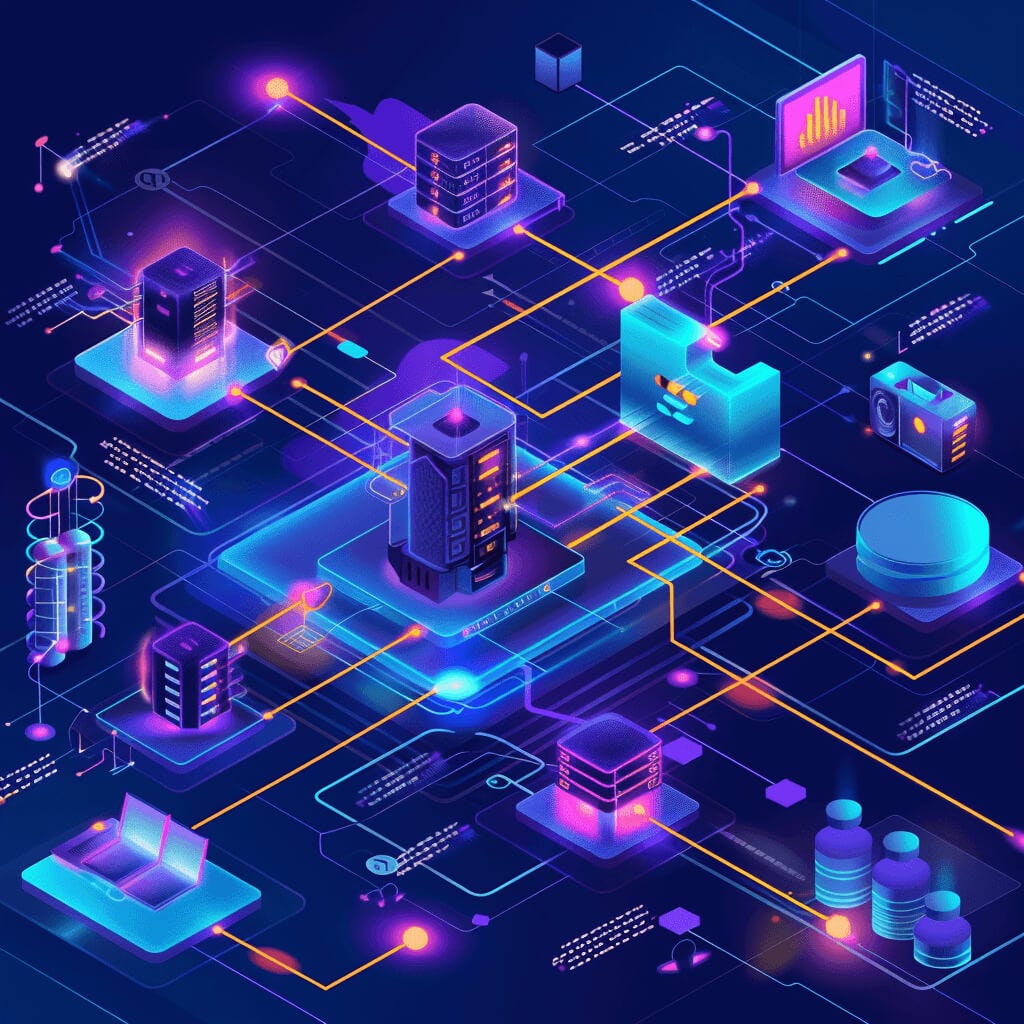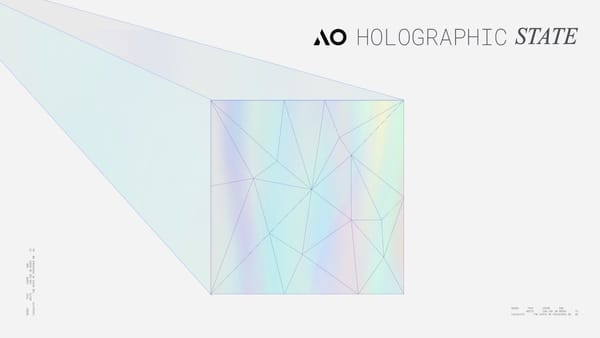The ao Computer's Revolution in Decentralized Computing (Part I)
Have you ever imagined a world where technology isn't just a tool but a partner that adapts and evolves? Whether you're a tech enthusiast, a developer, or just someone curious about the future, deep dive into Actor Oriented (AO) and its groundbreaking impact on computing.
Embarking on the AO Journey: Understanding the Basics
At its core, AO aims to enhance computing by making it more efficient, flexible, and scalable beyond current limits. This technique ensures systems proactively adapt to changing demands. This first piece aims to demystify AO, presenting a clear introduction to its foundational principles and revolutionary impact on decentralized computing.

What Exactly is Actor Oriented/Actor Model?
The Actor Model centers on interactions between autonomous 'actors' in a system. These actors independently execute tasks, communicate via messages, and dynamically allocate resources, fostering a highly efficient and intelligent computing ecosystem.
The AO Computer: A New Paradigm
The AO computer is the actor oriented machine that emerges from the network of nodes that adhere to its core data protocol, running on the Arweave network.
The strength of AO lies in its modular architecture, setting it apart from the scalability issues faced by monolithic blockchains like Ethereum.
The AO computer excels in creating a unified, scalable computing environment across a distributed network, supporting an unprecedented level of process interaction and scalability. This advancement not only offers flexibility but also marks a new era of computing efficiency and adaptability.
Why AO Matters
AO transforms computing by converting static, underutilized resources into dynamic, efficiently deployed assets. This transition from fixed resource allocation to fluid adaptation significantly enhances computing efficiency and cost-effectiveness, enabling the handling of complex, data-intensive tasks with ease.
Traditional computing's inefficiencies stem from rigid resource allocation. AO disrupts this by ensuring resources dynamically adjust to the demands of any task, merging the trustlessness and security of blockchain with the versatility of cloud computing environments.
In the ao computer's context, AO underpins a trustless, secure environment, enabling the deployment of processes that operate with cryptographic certainty. This foundation ensures the development of robust, reliable applications.
The Road Ahead
Our exploration into AO and the ao computer will continue, delving into the complex architecture, the critical role of processes and messages, and the unique features distinguishing AO from conventional computing models. Stay tuned as we unfold these aspects, offering a comprehensive insight into AO's potential to reshape the landscape of decentralized computing.

